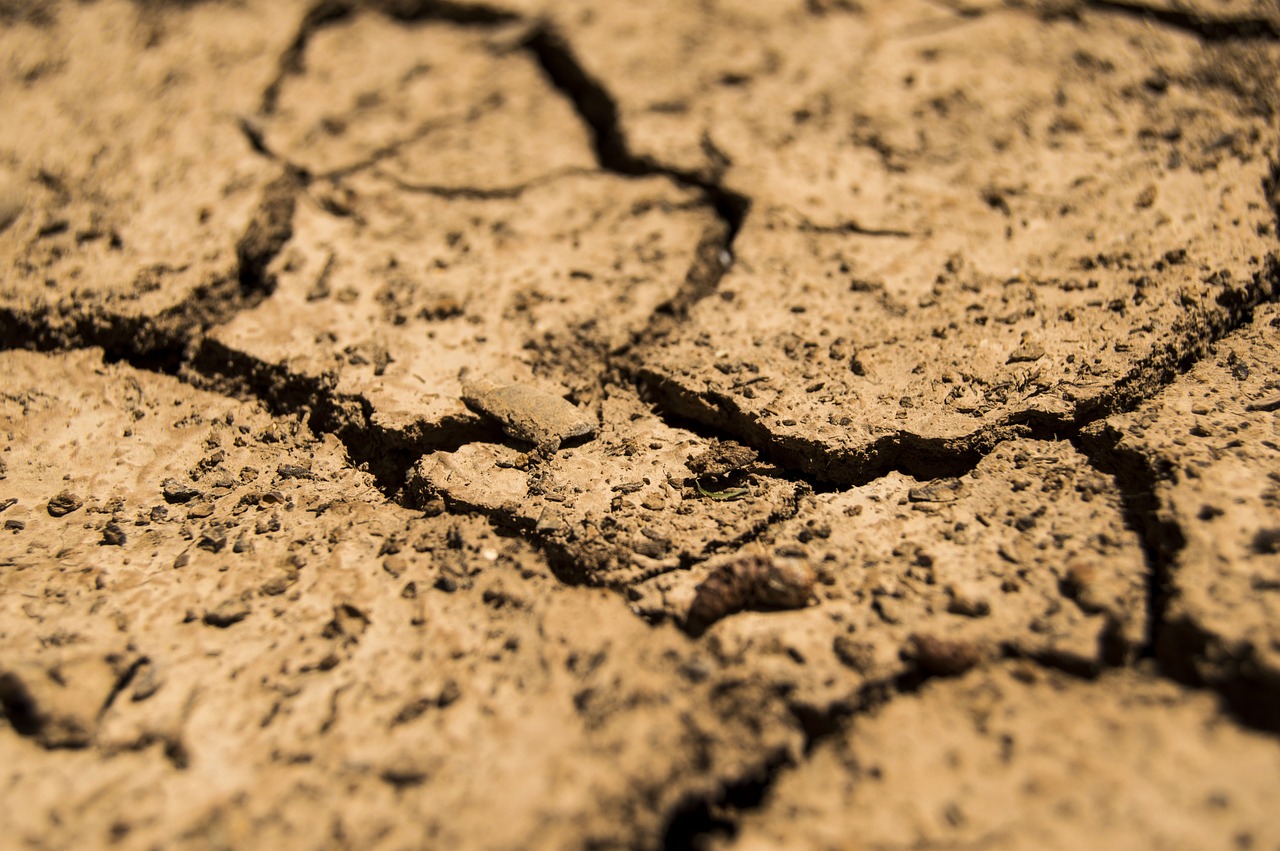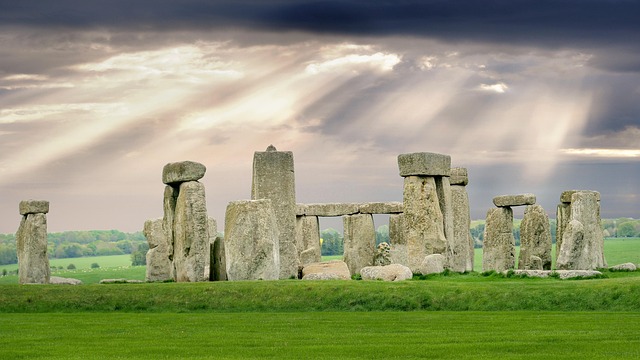Article Title:Classic Maya state, urbanism, and exchange: Chipped stone evidence of the Copan Valley and its hinterland
Abstract:
In this article I use quantitative data from 91,916 pieces of chipped stone artifacts from the Copan Valley and its hinterland in Honduras to understand better the nature and role of exchange in the development of a Classic Maya state-level society. The results of this study suggest that intraregional exchange was more crucial for state development than was long-distance exchange. The management of procurement and exchange of utilitarian commodities, such as Ixtepeque obsidian blade cores, along with other factors, played a significant role in the development of the Copan state. In contrast to other major Maya lowland states, the Copan state directly obtained obsidian blade cores from nearby sources, distributed them to local leaders at Copan, and exported them to local rulers in neighboring regions. In this sense, the Classic Copan state maintained a centralized and integrated political and economic organization based on far more than kinship, ideology, and ritual.
Keywords: exchange; complex society; urbanism; Classic Maya state
DOI: 10.1525/aa.2001.103.2.346
Source:AMERICAN ANTHROPOLOGIST
Welcome to correct the error, please contact email: humanisticspider@gmail.com



